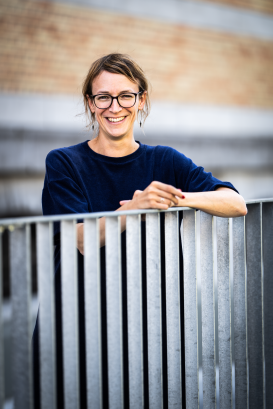Holding [ a Conversation with ] the Situation
THE PERFORMER'S TACTICAL ABILITY AND THE AESTHETIC AFFECT OF AUDIENCE PARTICIPATION
How can we better understand the aesthetics of participatory performance? This thesis analyses the performer’s craft, i.e. the ability to hold a conversation with the situation, to explore this question.
Guiding audience participation is an essential aspect of participatory performance. Yet, the role of the performer in constructing audience participation has been absent in aesthetic research on contemporary participatory performance practice. This thesis identifies the performer’s tactical ability–i.e. the ability to hold a conversation with the situation –as a crucial catalyst for the aesthetics of participatory performance.
To discuss the manner in which a performer ‘holds a conversation with the conversation’, it is necessary to examine how this tactical ability is developed. Situated in the fields of performance studies and educational sciences, this thesis explores performer training in the participatory practices of Katrien Oosterlinck (BE), Sarah John (AU/DK), and Seppe Baeyens (BE). More specifically, I explored training outcome, i.e. what a performer trains for, to better understand audience-performer interplay. I contend that the audience-performer interplay is the material content of audience participation as an artistic medium. To move and mould such an artistic medium, the performer’s tactical ability proved decisive.
I have used a genetic methodology, i.e. the study of the creative process, as well as an accompanying approach, which entailed that I accompanied the artists in their practice, participated in (training) events, and holding a continuous dialogue with them as interlocutors.
By identifying what the performer’s tactical ability consists of, I present an affective perspective on audience participation. Instead of attributing one specific aesthetic zone to the performances of Oosterlinck, John, and Baeyens, I argue that their work is characterised by oscillating between different zones of attunement, disattunement, and misattunement. To wander through these aesthetic zones with the audience, the tactical ability of the performer to hold a conversation with the situation proves vital.



